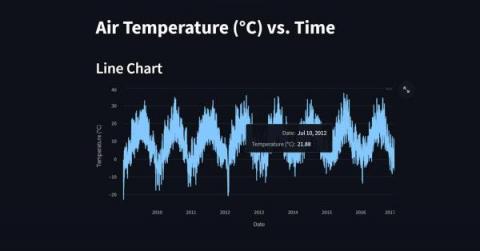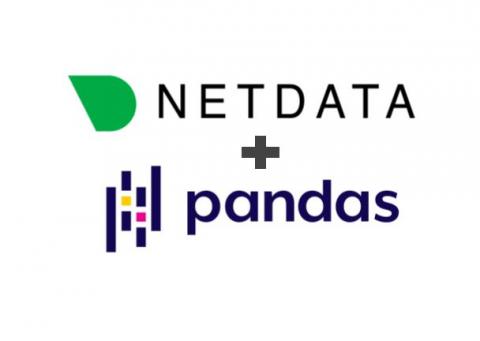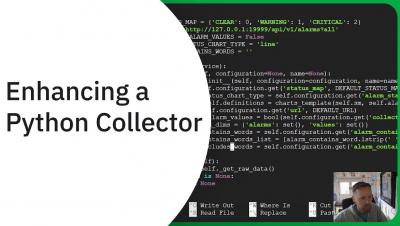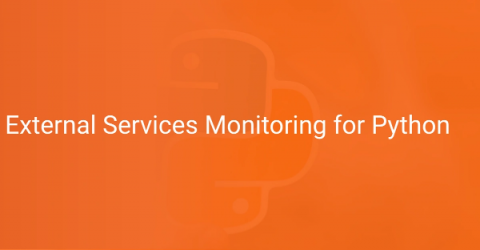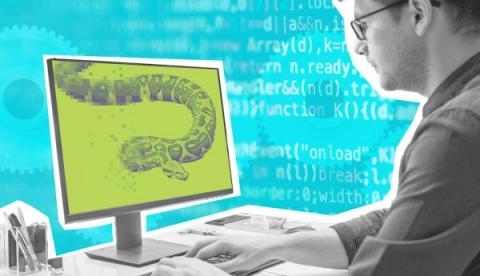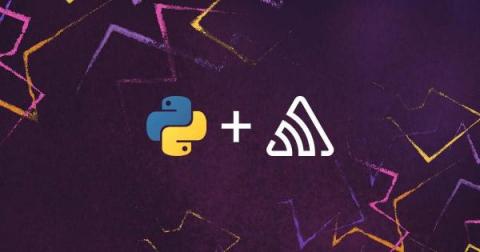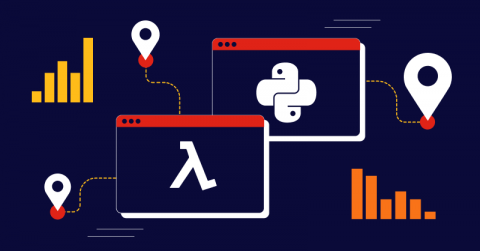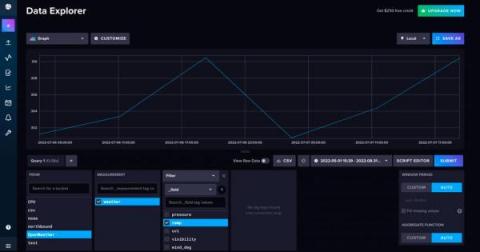Visualize Data with Streamlit and InfluxDB
According to the Python Developers Survey 2021 Results, the majority of developers don’t actively use frontend tools. This means if you wanted to create interfaces to display machine learning models and other systems you’ve built, you most likely need the assistance of another developer.


